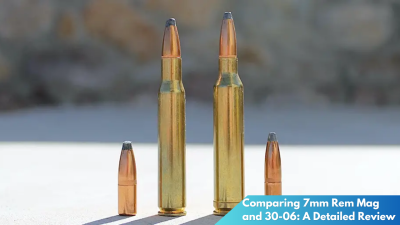As autumn blankets the diverse landscapes of Arizona with its crisp chill, hunters prepare for one of the most thrilling experiences in the region: fall bear hunting. The state’s varied ecosystems provide an ideal setting for both novice and seasoned hunters to embark on this exhilarating adventure. This guide aims to equip you with essential knowledge for a successful hunt, from understanding the season’s specifics to ensuring compliance with regulations and prioritizing safety.
Understanding Arizona’s Fall Bear Hunting Season
Arizona offers a unique backdrop for bear hunting, with its vast landscapes ranging from desert lowlands to mountainous forests. The fall hunting season typically begins in early October and extends into December, providing ample opportunities for hunters. This period is characterized by bears actively foraging in preparation for hibernation, making them more visible and active. Understanding the seasonal behavior of bears is crucial for planning a successful hunt.
The state is divided into various game management units, each with its specific regulations and quotas for bear hunting. Hunters need to familiarize themselves with the unit they plan to hunt in, as bear populations and rules can significantly differ. The Arizona Game and Fish Department (AZGFD) publishes annual regulations and updates, which are vital for hunters to review before heading out.
Preparation is key. Scouting the hunting area before the season starts can provide valuable insights into bear activity and potential hunting spots. Hunters often rely on signs such as tracks, droppings, and claw marks on trees to gauge bear presence. Understanding these signs and the terrain can increase the chances of a successful hunt.
Essential Gear for a Successful Bear Hunt
Equipping yourself with the right gear is paramount to a successful bear hunting expedition. At the top of the list is a reliable firearm. Most hunters prefer a high-caliber rifle with excellent accuracy and stopping power, which is essential for safely and humanely taking down the large game. Additionally, a quality scope can greatly enhance vision, especially in low-light conditions typical of early mornings or late afternoons.
Beyond firearms, clothing suited for the fluctuating Arizona climate is crucial. Layered, moisture-wicking clothing allows hunters to adapt to the warm days and cool nights. Camouflage patterns that mimic the local vegetation can help hunters blend into their surroundings, while sturdy, waterproof boots are necessary for traversing rugged terrain.
In addition to clothing and weaponry, hunters should carry essential gear such as a GPS or map and compass for navigation, a first-aid kit, and bear spray for safety. Binoculars and range finders can aid in spotting and accurately assessing distance to the target. Finally, a proper game bag and knife are necessary for processing the bear after a successful hunt.
Navigating Regulations and Safety Protocols


Being aware of and adhering to Arizona’s hunting regulations is not only a legal obligation but also a component of ethical hunting practices. All hunters must possess a valid hunting license and bear tag, which can be obtained through the AZGFD’s lottery system. It’s crucial to check for any updates on quotas, as these can change due to population assessments and conservation needs.
Safety protocols are of paramount importance in ensuring a secure hunting experience. Hunters should always inform someone of their location and expected return time. Attending a certified hunter education course can further enhance skills and safety awareness. Additionally, understanding firearm safety, bear behavior, and the principles of leave no trace are essential components of a responsible hunt.
Arizona mandates specific safety measures, including wearing hunter orange during firearm seasons to improve visibility among fellow hunters. It’s also wise to carry a basic communication device, like a satellite phone or radio, as mobile coverage can be unreliable in remote areas. Understanding and respecting local wildlife and ecosystems will contribute to a safe and respectful hunting experience.
Bear hunting in Arizona during the fall is an experience that blends the thrill of the chase with the tranquil beauty of the outdoors. Success hinges not only on skill but also on preparation and respect for the rules and the natural world. With the right knowledge, equipment, and safety measures, hunters can enjoy a rewarding and memorable adventure, contributing to wildlife management and conservation efforts. As you prepare for your hunt, keep these essentials in mind to ensure a safe, ethical, and successful experience in the Arizona wilderness.



